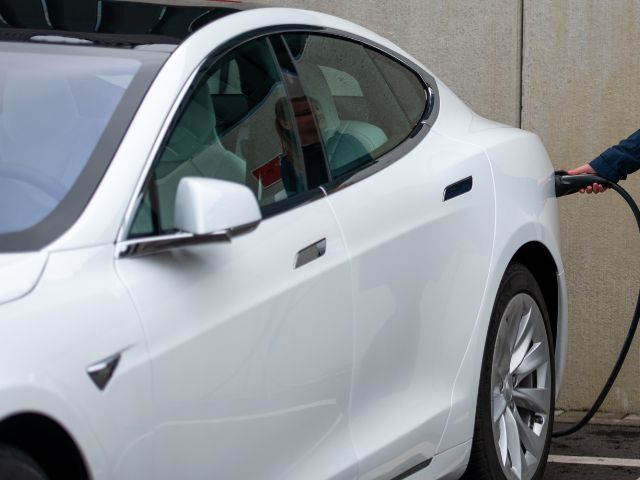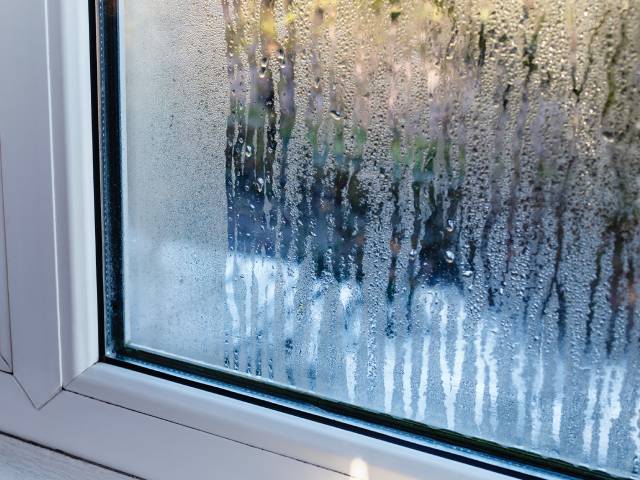

Owning a Tesla comes with a sense of pride, and practicing proper maintenance can help you get the most out of your vehicle. Read on to discover why Tesla maintenance matters and what maintenance tasks you must perform.
Tesla is one of the leading brands of electric vehicles globally. They often outperform competitors, offer innovative performance and safety features, and look aesthetically pleasing.
However, without proper maintenance, a Tesla’s expected lifespan can decrease over time. By scheduling regular checkups, performing replacements, and keeping it clean, Tesla owners are more likely to have a longer-lasting vehicle. Furthermore, practicing proper Tesla washing can help preserve its physical appearance and reduce the chance of corrosion and rust. The last thing you want is to have your Tesla develop rust too quickly!
There are many reasons why Tesla is unlike other car brands; these vehicles offer innovative autopilot and self-parking features, provide web browsing features, and offer supercharging stations across the country. The Tesla company aims to produce high-performing, reliable vehicles with optimal range capabilities and easy diagnostics features to alert drivers of any issues.
However, Tesla maintenance is incredibly important for maintaining these performance standards. Receiving system updates to patch bugs and outdated software and practicing safe driving habits to achieve optimal ranges are necessary. Regular maintenance checks, filter replacements, battery care, and tire pressure can do wonders for your Tesla’s performance.
Here’s a quick overview of your Tesla maintenance checkup list. You want to perform monthly to yearly maintenance checkups to ensure your Tesla receives the best care and support and can run for many years.
Tesla drivers must perform monthly maintenance checks for specific parts. Firstly, the Tesla regenerative brakes require less maintenance, but you should always check brakes and motors for signs of wear.
The Tesla cabin air filters help keep the air clean within the vehicle. It’s ideal to replace these parts every 25,000 miles or every two years, but you can inspect them in the meantime. Lastly, while Tesla windshield wipers automatically adjust the speed based on precipitation intensity, owners should check these parts monthly and inspect them for damage or wear.
Every six months, you should inspect your Tesla’s wheel alignment. Misalignment can cause uneven tire wear, which impacts your Tesla’s handling. Inspecting and adjusting the wheels every six months can help.
Furthermore, battery inspection is crucial, as it’s one of the most important parts of your Tesla. Check to see if the battery is in good condition and performing well. Lastly, inspecting your suspension can help identify issues, ensuring that the handling and comfort of your Tesla withstands.
Performing a yearly inspection of your Tesla’s coolant and checking for contaminants is essential, as coolant regulates electronic and battery temperatures. Additionally, inspecting your air conditioning system is also necessary, as it helps maintain temperatures in the cabin.
24World Media does not take any responsibility of the information you see on this page. The content this page contains is from independent third-party content provider. If you have any concerns regarding the content, please free to write us here: contact@24worldmedia.com

Why the Honda Civic Is So Popular With Tuners

The Pros and Cons of an Automatic Crimping Machine

Social Media Marketing Problems Your Business Must Fix

Plumbing Problems You Should Leave to Professionals

Smoking Gun: The Most Easy-To-Miss Fire Safety Guidelines

Ways You Can Prevent Moisture in a Container Home

The Importance of Conducting Process Chemistry

Common Problems Texan Homeowners Should Prepare For

Lawn Mowing Best Practices for a Healthy Yard

The Importance of Continued Education for Locksmiths